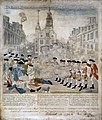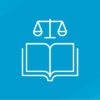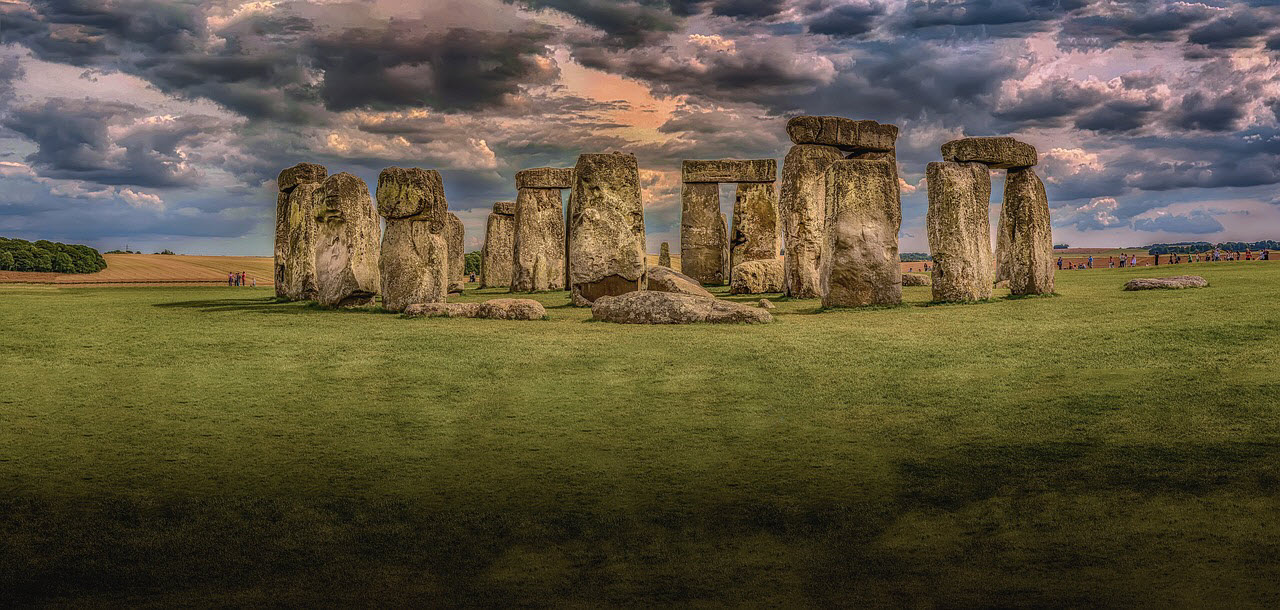Exploring Historical Perspectives for Critical Thinking Development
One of the most important tools we can give our students is the ability to think critically. In this age of unlimited social media sharing, fake news, and hidden agendas, it has never been more important to be able to look at information and its source and determine if the information is accurate and true. Dictionary.com defines critical thinking as clear, rational, open-minded, and informed by evidence. In a good history class, one that moves beyond the textbook, thinking critically is part of the package.
Students of history look at an event from many different perspectives. The use of both primary (first-hand accounts) and secondary (recounting with interpretation and analysis) sources helps students see an event from many different angles. Imagine an event like the Boston Massacre. The account of the British soldier involved would be very different from the patriot on the street. Likewise, Paul Revere, Thomas Jefferson, and King George III would all see the Boston Massacre from a different place. A twenty-first century historian would add another view of the event. A British historian and an American historian would likely see the event in two different lights. A student of history learns to read all the accounts and make judgments about the event. Were the patriots justified in their actions? Were the soldiers? Why did Paul Revere refer to the event as a massacre? How did the event contribute to the tensions between the colonies and the crown leading up to the American Revolution?
 Students of history also must place the authors of their sources in context of their relationship to the event. Were they clearly on one side or another, or were they innocent bystanders? A tradesman from Boston (Revere) would have one take of the actions of the patriots and the soldiers, and a planter from Virginia (Jefferson) another. The British view of events leading up to the American Revolution contrasts starkly from the American version. Did you know the British refer to the event as “The Incident on King Street?” Everyone writes from their own bias, and recognizing the bias is key to interpreting the sources and drawing conclusions about the events. When looking at secondary works, students need to evaluate the sources that an author cites as well. Does the author cite both primary and secondary sources? Are they balanced in their approach? Is the author’s interpretation valid, or is there reason to question the conclusions?
Students of history also must place the authors of their sources in context of their relationship to the event. Were they clearly on one side or another, or were they innocent bystanders? A tradesman from Boston (Revere) would have one take of the actions of the patriots and the soldiers, and a planter from Virginia (Jefferson) another. The British view of events leading up to the American Revolution contrasts starkly from the American version. Did you know the British refer to the event as “The Incident on King Street?” Everyone writes from their own bias, and recognizing the bias is key to interpreting the sources and drawing conclusions about the events. When looking at secondary works, students need to evaluate the sources that an author cites as well. Does the author cite both primary and secondary sources? Are they balanced in their approach? Is the author’s interpretation valid, or is there reason to question the conclusions?
Looking at different sources, the perspective of the author, and the bias brought to the event help students learn to discern and think critically. This important skill can be extrapolated to their non-academic life to determine if a news article, tweet, or report is valid or bait.



















